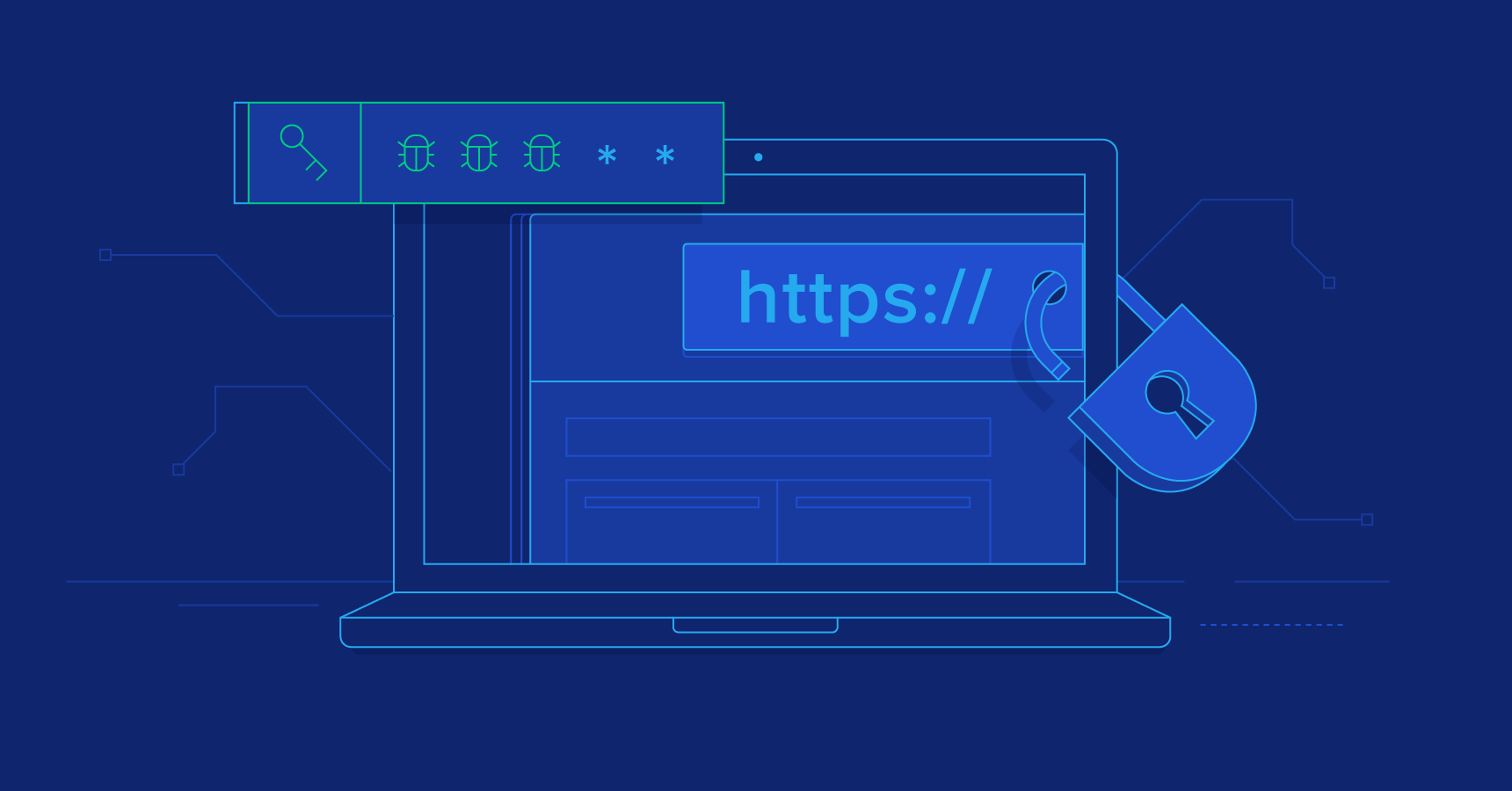
Best Practices For Protecting Websites Against Cyber Attacks
By Udit Agarwal

Having complete protection of the website is central to business survival and growth. The website displays global data. Small businesses comprise 43% of data breach victims, and 69% of these victims cease their operations within six months of the attack. An increasing number of business owners are becoming concerned about website protection, while many still believe their websites are somehow secure from malicious attacks. By using a simple vulnerability scanner, one can achieve sufficient security. The increasing lethality and sophistication of attacks are causing the number of web application security breaches to rise.
Cyberattacks cause massive losses, which amount to approximately USD 3.92 million. Implementing simple yet effective website protection can significantly enhance web application security and save businesses from substantial costs.
Here are some of the ways To Protect Your Website From Attackers
1. Robust and Evolving Security Strategy
Developing a comprehensive, proactive, well-thought-out cybersecurity strategy is crucial in strengthening web security. The threat landscape evolves rapidly, with the identification of new vulnerabilities, and website risks change quickly. Updating and continuously refining the strategy is essential to stay current.
2. Security from Web Development Stages
Frequently, website vulnerabilities occur due to insecure coding practices, selecting frameworks with known vulnerabilities, misconfiguring security settings, and using insecure themes and plugins. Insecure coding practices, framework selection with known vulnerabilities, security misconfigurations, and using insecure themes and plugins can often cause website vulnerabilities.

3. Update Everything
The website uses plugins, libraries, and various other factors, including software and third-party components. You must update all of these components with critical patches. Ignoring critical patches can leave vulnerabilities unfixed. To prevent potential attack gateways, you should remove outdated elements from the website.
4. Strong Access Control
You can prevent a wide range of attacks, including brute force attacks, by strengthening access control. You can do this in the following ways-
• Multi-factor authentication.
• Categorize users into distinct roles (owner, admin, public, group, etc.) and follow the principle of least privilege.
• Admin directories must not be accessible to all users.
• You should minimize login attempts.
• You must enforce automatic logout/session expiry.
• You must restrict file uploads strictly and scrutinize all files. Do not provide direct website access to uploaded files. Store them externally and deliver them securely to the browser.
5. Install SSL
SSL ensures that sensitive and confidential data is encrypted while in transit between the host (server/firewall) and client (browser). An SSL certificate secures a website, causing HTTPS to appear automatically in the URL.

6. Input Sanitization/ Validation
Ensure that comments, feedback, and other user-input forms are validated to prevent social engineering attacks, XSS attacks, XXE attacks, and other security threats. Special characters must be approved. The entry of codes in these user-input fields must not be permitted.
7. Continuous watch over the Website Scanning by Using An Intelligent Vulnerability Scanner
Continuous scanning using an intelligent, automated website vulnerability scanner is an effective way to protect the website. Scanning tools effectively identify vulnerabilities and are part of a comprehensive security solution that secures any identified vulnerabilities.
8. Deploy a Web Application Firewall to front your applications
A web application firewall includes policies that can block users. The specific modules allow specific types of requests/users. It can be an effective way to deploy risk mitigation steps quickly based on evolving threat landscape and the dynamic nature of the application.
The following features are a must in a Web application firewall:
• Having the ability to update and deploy rules based on the current risk of the application is identified by application security assessment.
• Availability of 24×7 security experts specializing in WAF signatures and providing management capabilities to update WAF rules and configuration based on application context.
• Common signatures that can block common attacks such as DDoS and Bot attacks independently can also be identified by security assessments.
• Complete assurances of the solution facilitate support and guarantees of no false positives, backed by SLA and penalty clauses.

9. A Comprehensive and Robust Security Solution
Here are some of the inherited features or characteristics of robust security solutions that are a must in a security solution:
• An intelligent, automated website vulnerability scanner.
• Effective false positive management.
• Implement a robust, holistic, managed WAF that monitors traffic, instantly block bad traffic, and virtually patches vulnerabilities.
• Regular security audits and penetration testing can identify business logic flaws and strengthen security.
• The expertise of certified security professionals helps in customizing the security for the needs and context of the business.
• Security Analytics
Bottom Line
Protecting a website against cyber attacks requires a comprehensive and multi-layered approach that covers all aspects of the website, including its infrastructure, software, and user behavior.